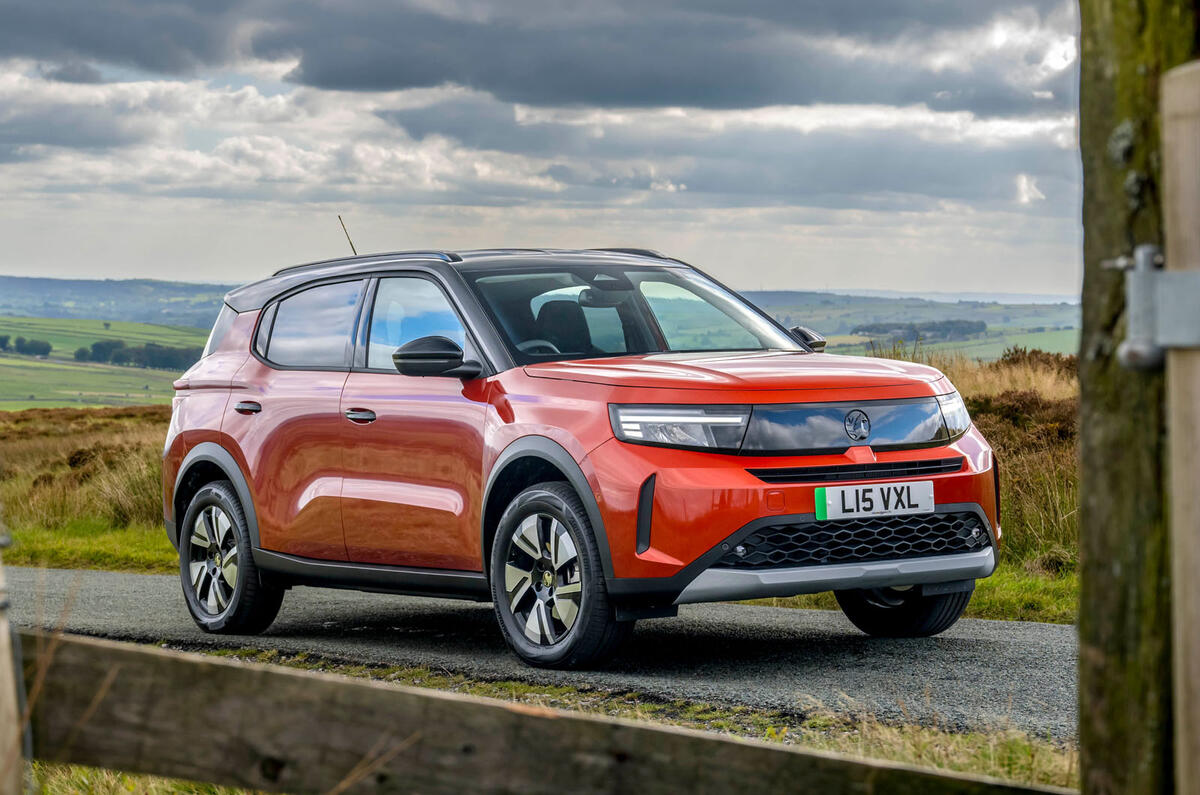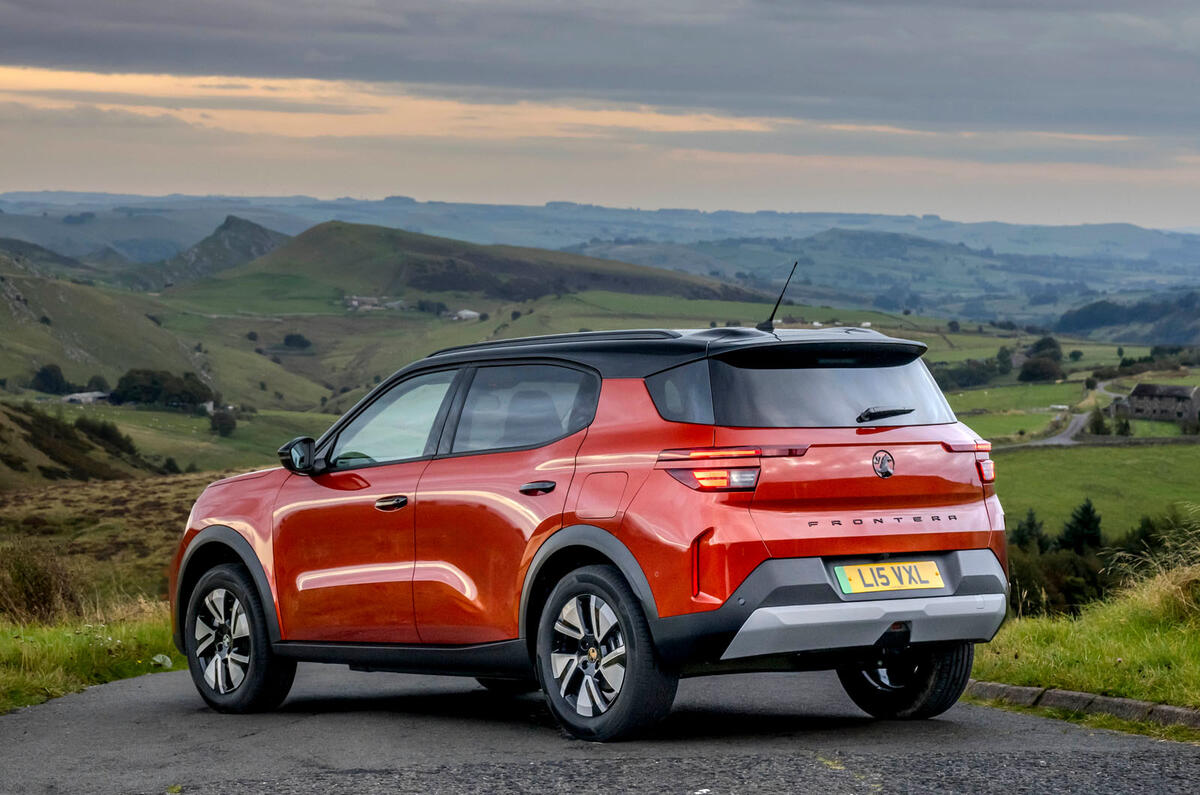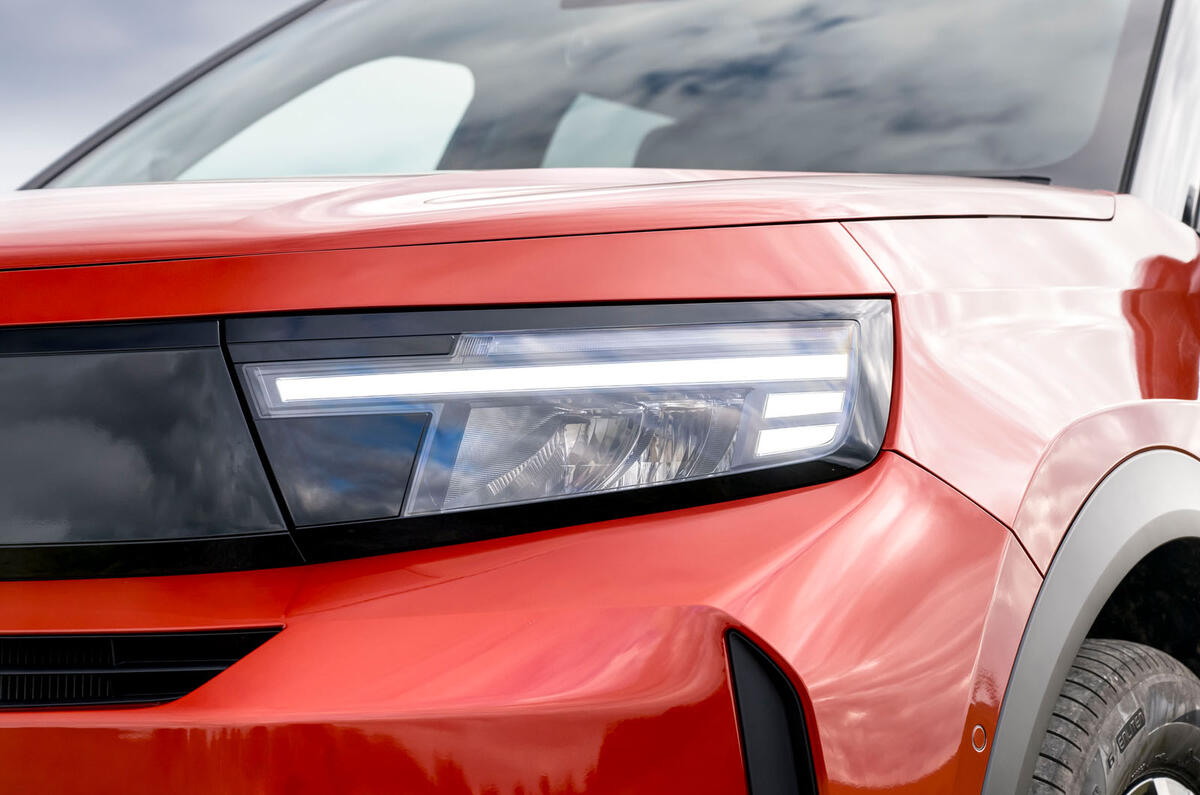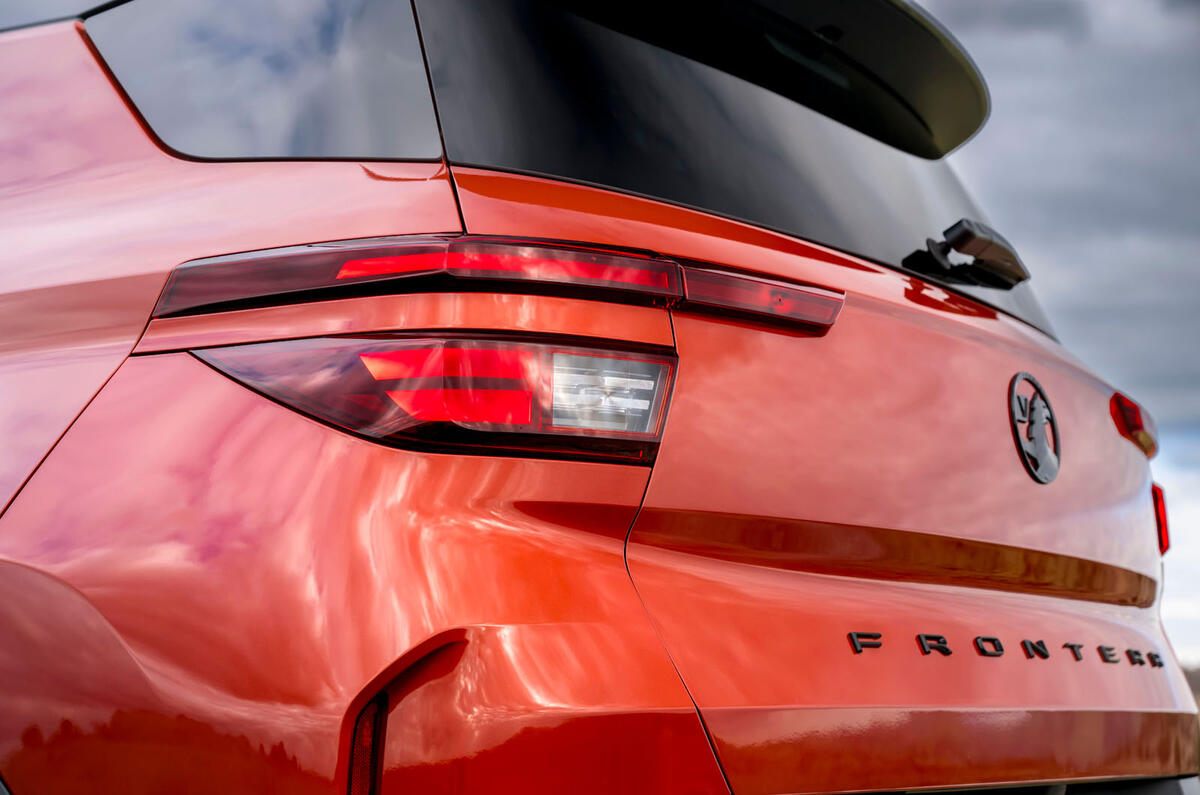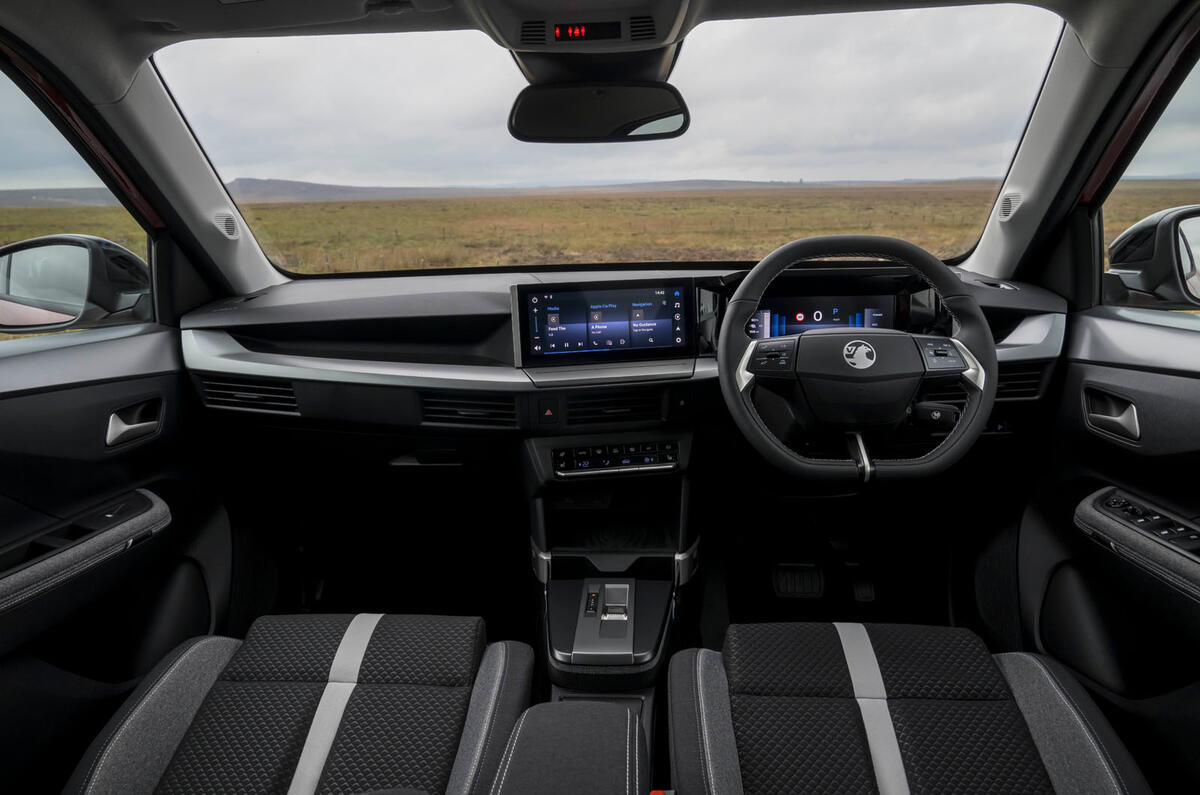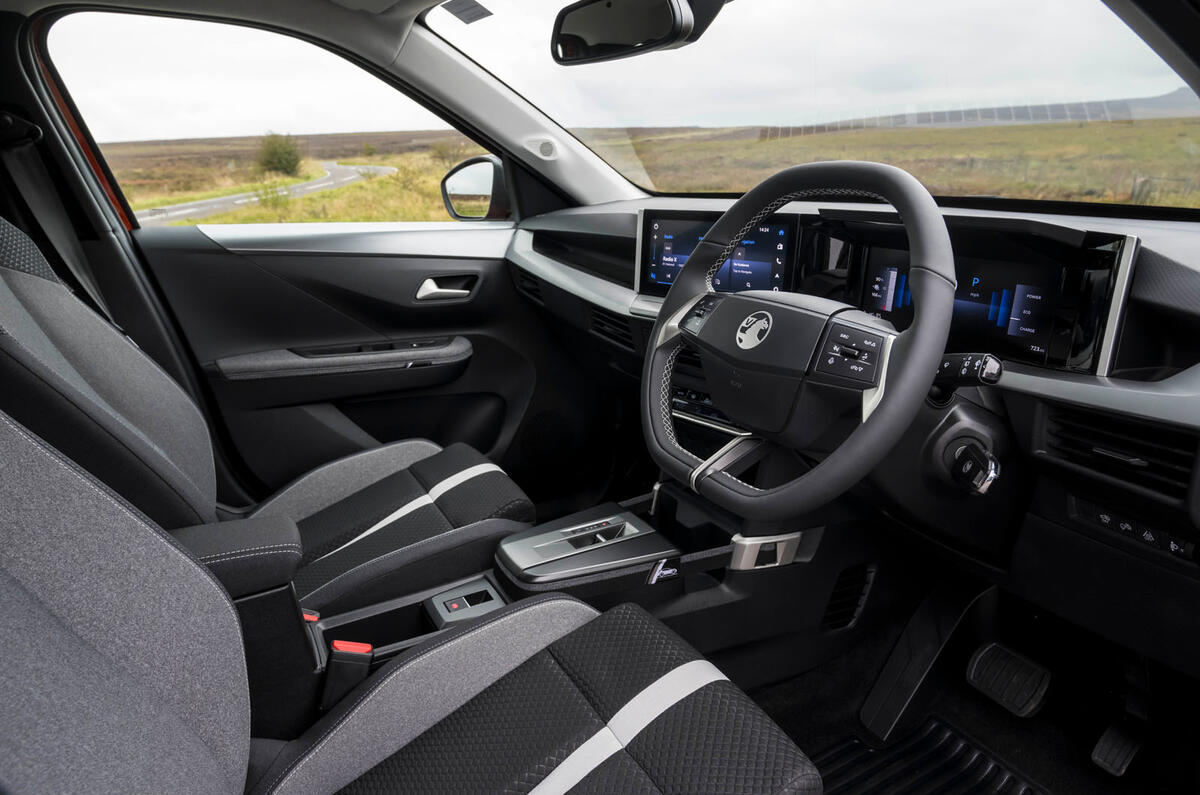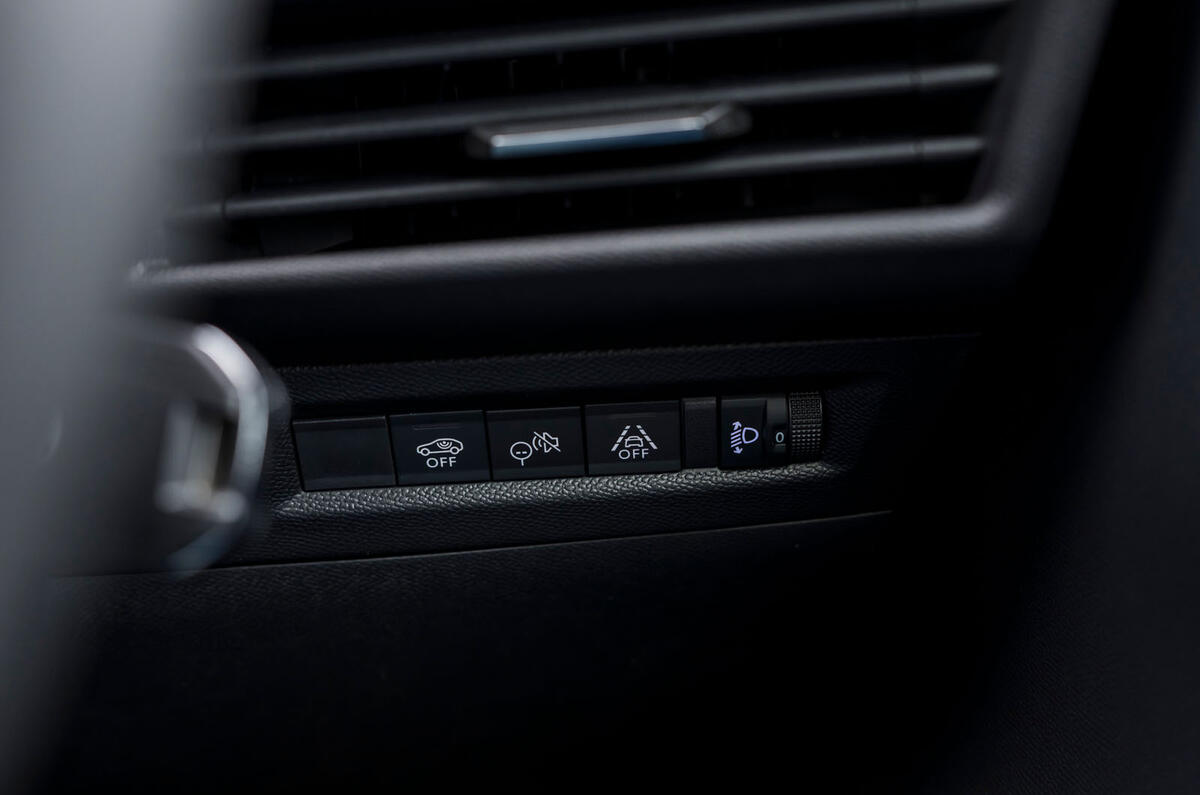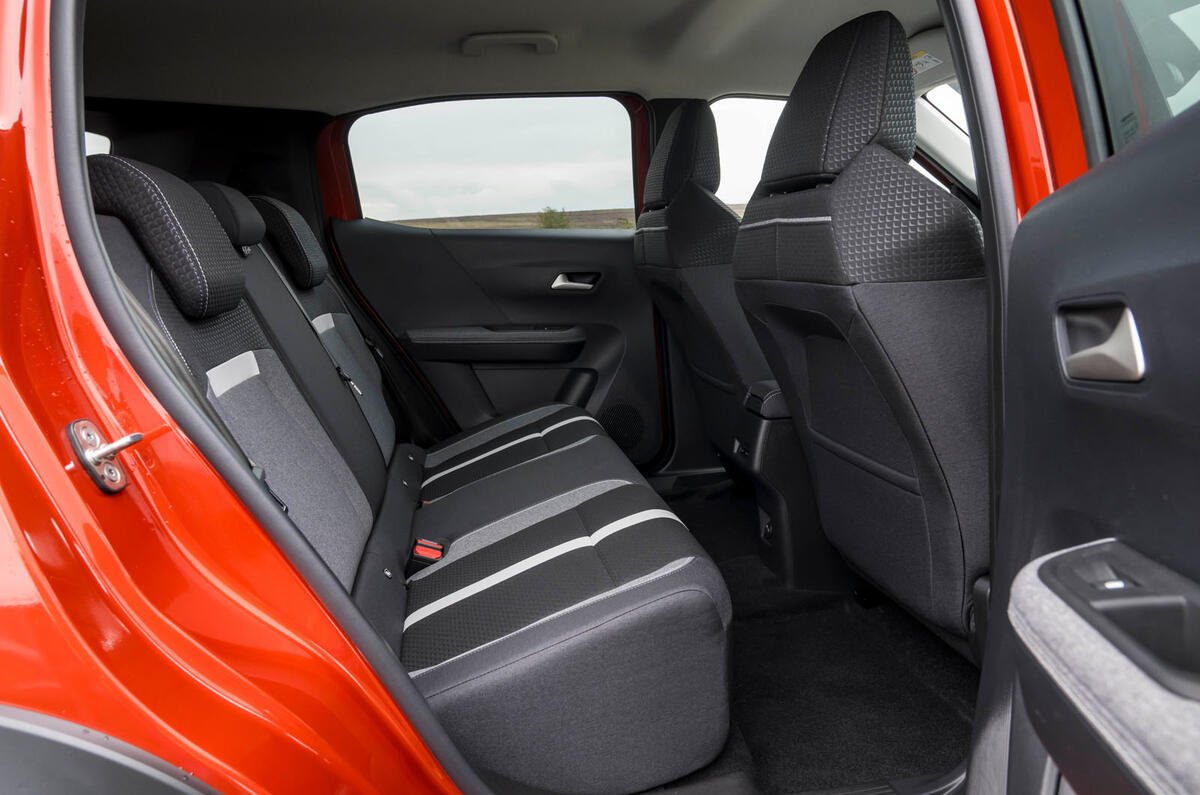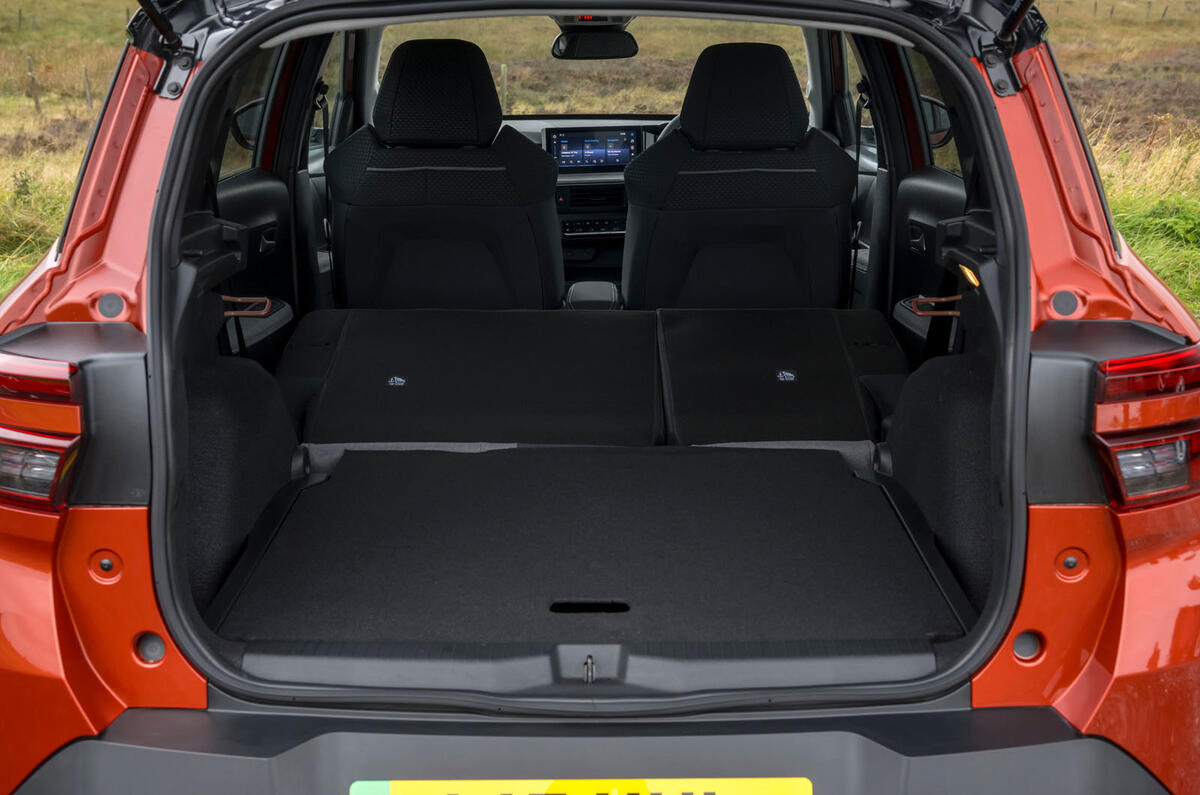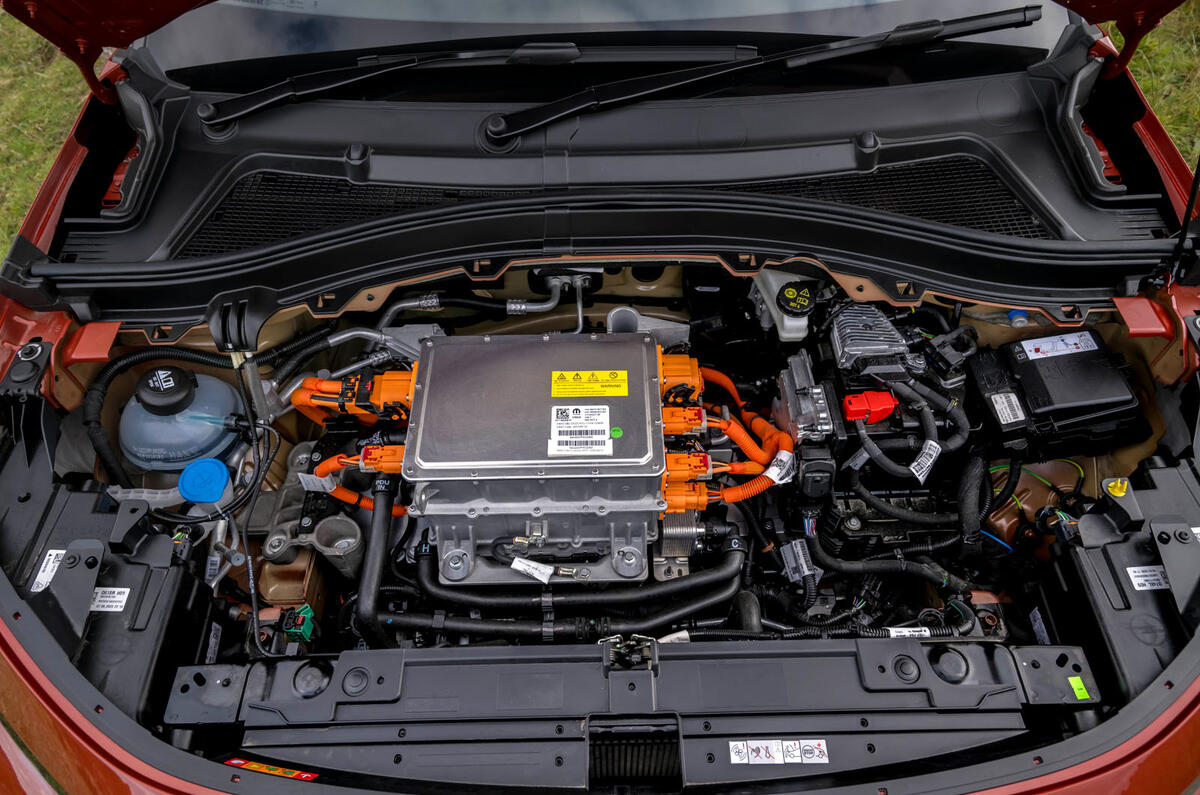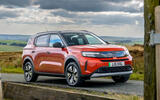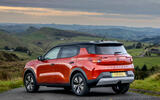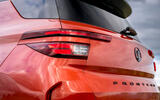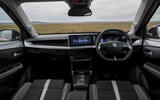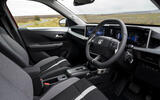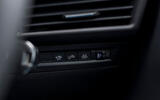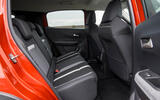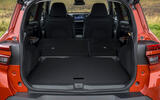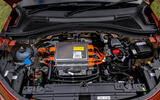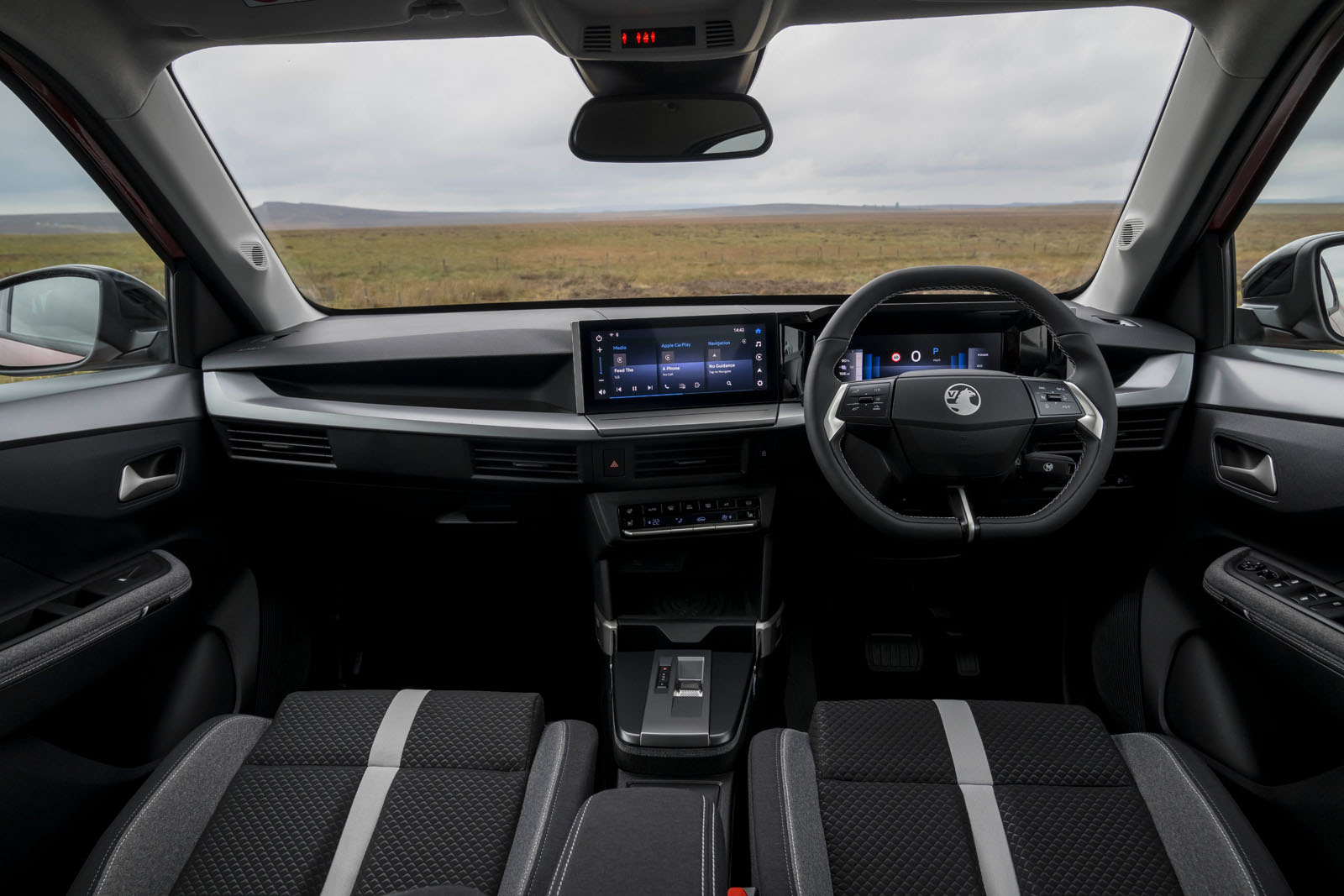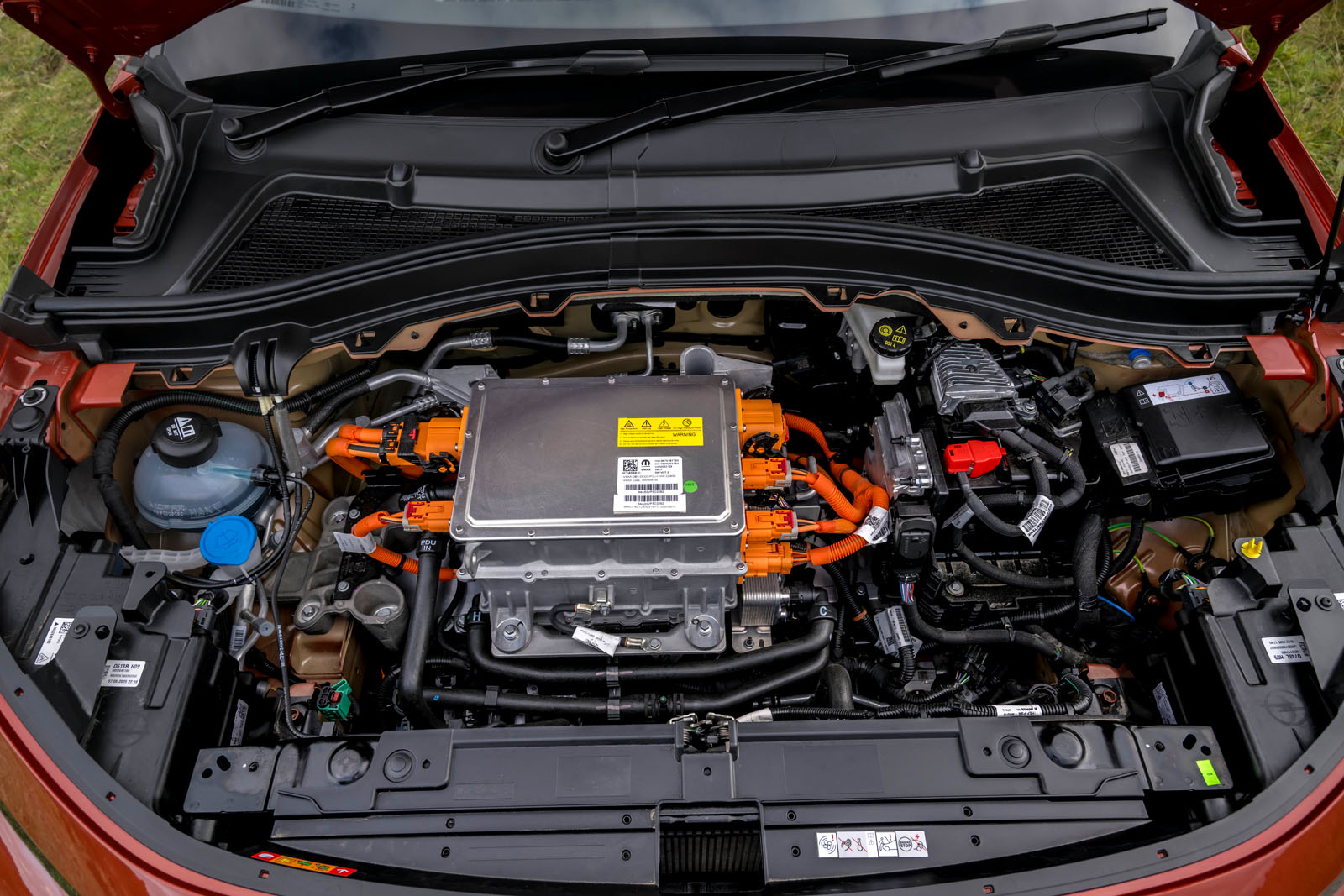Another week, another old model name dusted off by a manufacturer looking to add a spot of retro recognition to a new EV. This time, it’s the Vauxhall Frontera Electric (and indeed the Vauxhall Frontera Hybrid).
The Frontera was a model that was popular in the 1990s, back when SUVs still had to look all rugged to make you believe they could credibly go off-road, even if they couldn’t.
On a scale of revived model names bookended by the Renault 5 (styling and ethos faithful to the original) and Ford Capri (the only similarity is the name), the new Frontera falls somewhere in the middle. Like the original, it’s a slightly boxy high-riding hatchback aimed at a family audience, although there isn’t really any shared design DNA.
A more relevant predecessor to the new Frontera is the Crossland – and if you can’t remember much about that car, then, well, us neither. Not that it was a bad car, just a distinctly unmemorable one. You can see why this was a sensible name switch.
So, is the new Frontera more memorable or just different?



